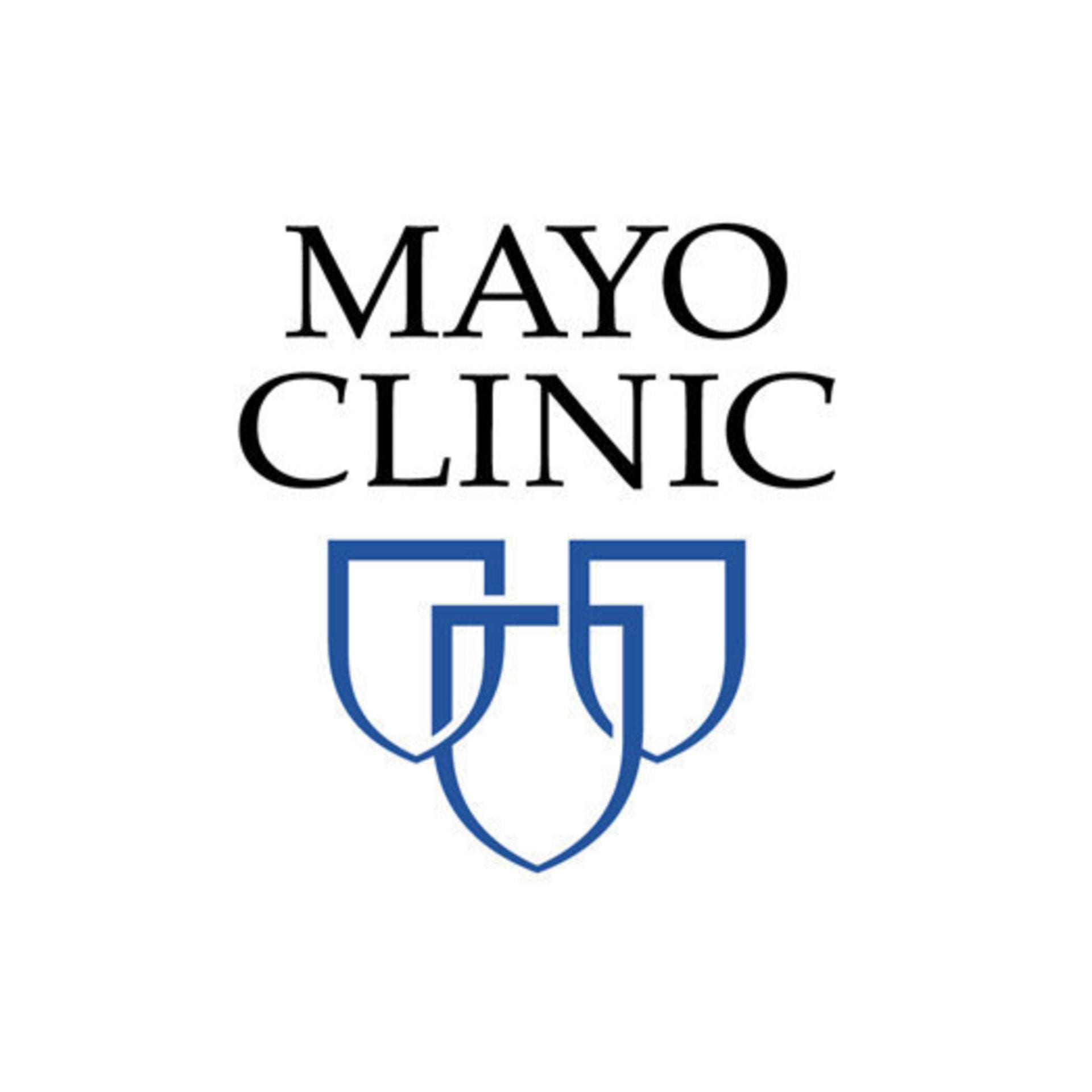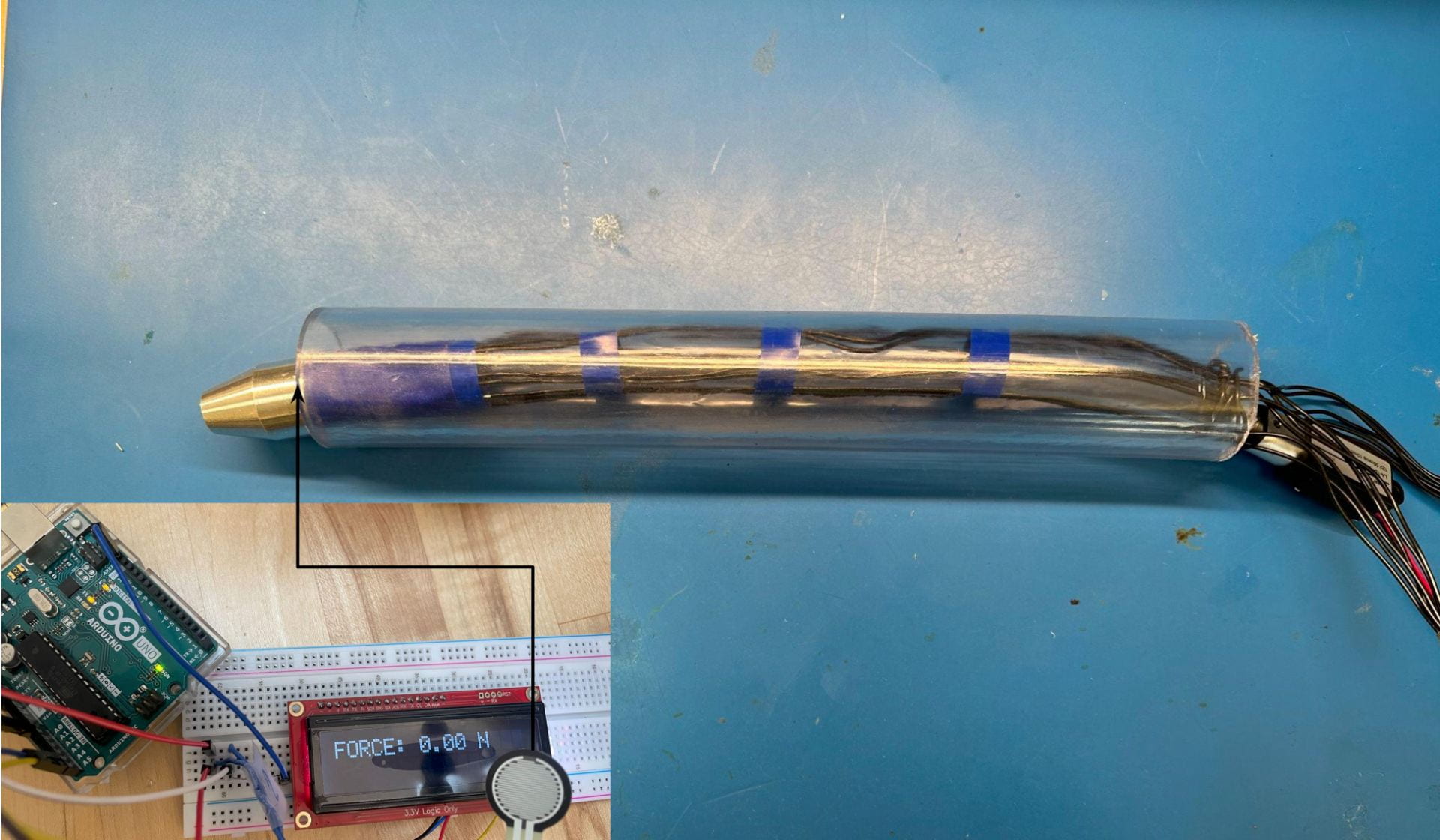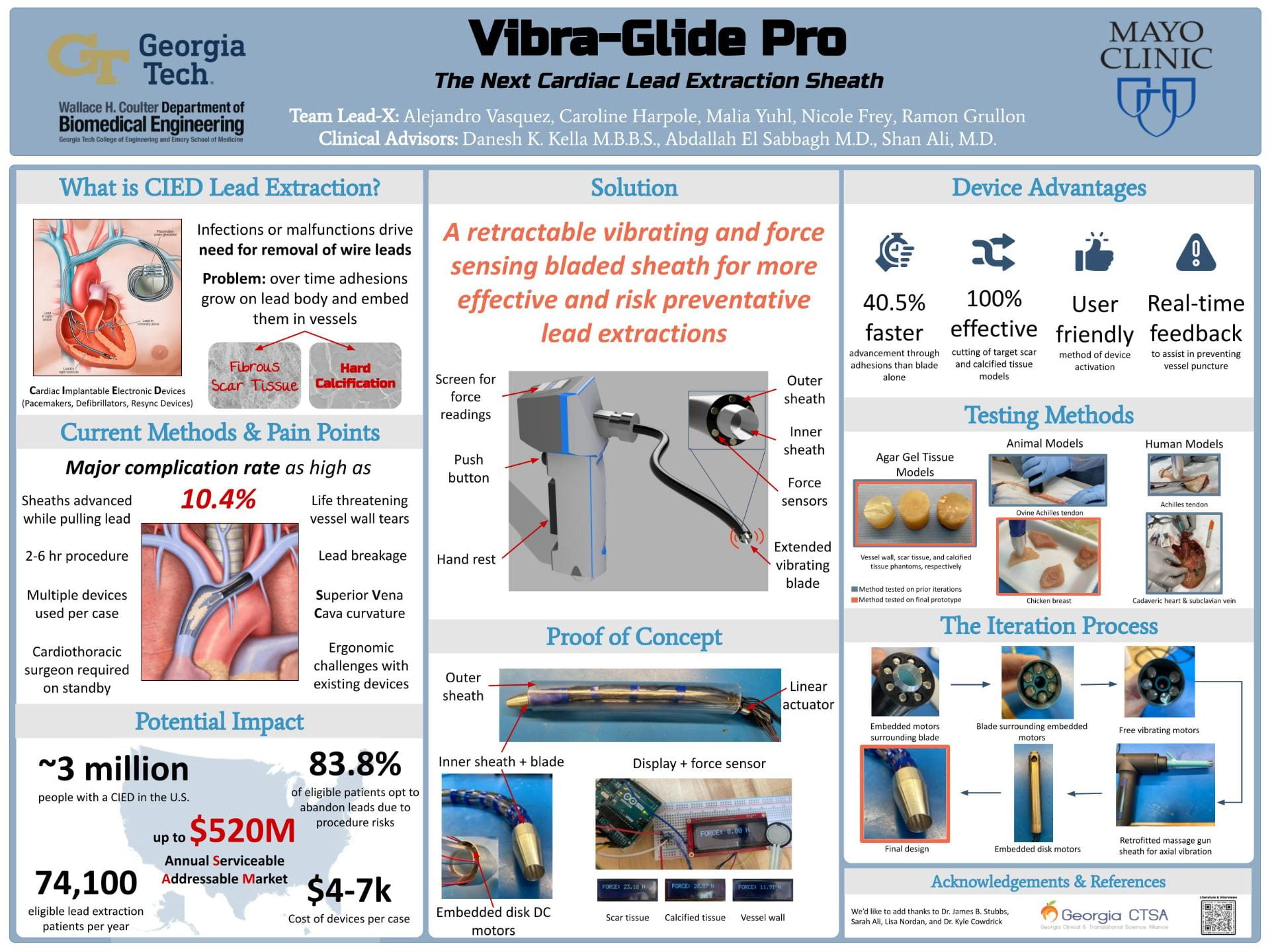Get to know our team on LinkedIN:
Caroline Harpole, Malia Yuhl, Ramon Grullon, Nicole Frey, Alejandro Vasquez
LeadX
Extracting CIED leads from intravascular adhesions using a safer FSR-equipped, motor-driven sheath.
Project Description:
In the United States, approximately 3 million individuals rely on cardiac implantable electronic devices (CIEDs) like pacemakers or defibrillators. These devices play a crucial role in regulating arrhythmias by delivering electrical pulses through wire leads to specific areas of the heart. However, when infection or device malfunction occurs, the extraction of these leads becomes imperative. The challenge arises after years of implantation, as fibrous scar tissue and calcification can accumulate on the leads, making their removal a complex task. While various tools are available to create tension and dislodge leads from scar tissue, they pose risks such as life-threatening vessel wall tears or lead breakage. Reports indicate that major complications associated with lead extractions can be as high as 10.4%, underscoring the need for cardiothoracic surgeons on standby during such procedures. The current methods, fraught with difficulties, present an opportunity for innovation to enhance safety and ease of lead extraction, thereby reducing the instances where leads are abandoned instead of being extracted. Our team has introduced a groundbreaking lead extraction sheath with two key features aimed at improving the safety and efficacy of future procedures. Firstly, we’ve devised a device that minimizes the manual force required by physicians through the integration of a vibrating blade. This rapid vibration significantly accelerates the loosening of all tissue types surrounding the lead, surpassing the capabilities of existing devices. Secondly, a force sensor has been incorporated, providing real-time force readings to the operator as they progress along the lead body. This innovation diminishes the operator’s reliance on subjective “feel” and allows for a quantitative assessment of whether the force applied is too much or too little. By addressing these challenges, our novel lead extraction sheath aims to make the procedure safer and more accessible, ultimately reducing the incidence of abandoned leads.



